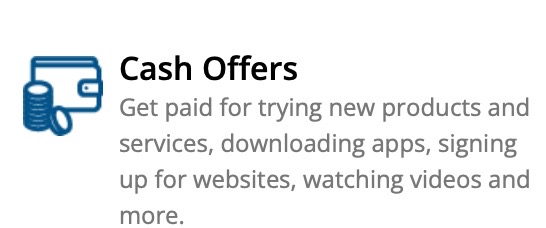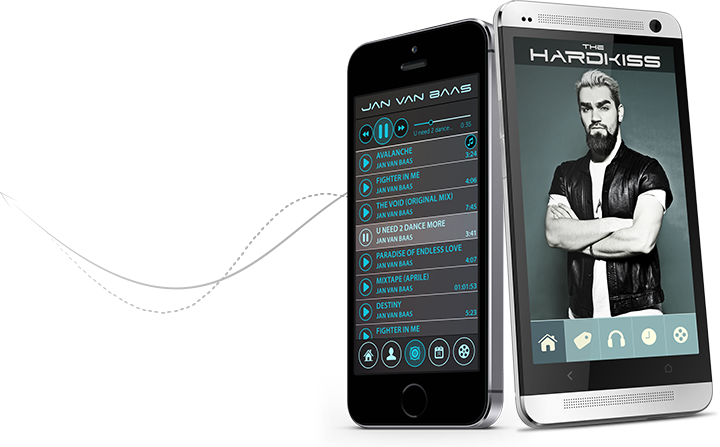Originally published on FORTUNE
According to a recent impact.com study, building successful commerce content-focused collaborations that generate more revenue is an increasingly common practice at top publishers. Home
commerce content
As commerce content teams solidify themselves as bona fide revenue generators for publishers, their place in a larger ecosystem of brands, affiliates, social influencers, product ambassadors, and nonprofits continues to take shape. Experts define this ecosystem, and the people, services, and technologies that make up its connective tissue as the “partnership economy.” It’s a loop of collaborations based on expertise, influence, and authority, in which all parties receive payments or other incentives.
publishers
When publishers understand how it works on a deeper level—as well as the tactics employed by its most successful practitioners—they build successful collaborations that generate more revenue. According to an impact.com survey of 200 digital media executives and professionals, commerce content and the partnership economy are booming and here to stay. According to these respondents, their profit margins have grown, the volatility of their businesses has decreased, and nearly 90% of them expect sales to grow in the online direct-to-consumer category. Seventy-eight percent of respondents also say that commerce content will contribute to a more significant portion of their company’s revenue in the future.
When publishers understand how it works on a deeper level—as well as the tactics employed by its most successful practitioners—they build successful collaborations that generate more revenue.
Consumers have the power
The first step in understanding this growth is to look at the consumer, says David A. Yovanno, chief executive officer at impact.com. Specifically, look at how they’ve been disrespected. “The consumer has not been honored since the beginning of media,” Yovanno says. “There were just fewer channels and choices. Advertisers dominated the entire experience and jammed their messages through.”
But now the tables are turned: Consumers, says Yovanno, are the ones with the power. They control how they source information, be it from large publishers or micro-influencers on social media. This informs their buying decisions, and it presents an opportunity for brands: By identifying the content providers that specific customers or audiences trust, they can leverage that trust to build awareness, leads, and sales.
That could mean a sneaker brand identifying a fitness influencer with a dedicated audience and partnering with them—if the influencer is willing to vouch for the product’s quality. Technology can be used to identify these potential synergies and partnerships, and the goal is clear to all the players involved: Generate revenue while maintaining the hard-earned trust of consumers.
The role of trust in the modern consumer’s purchase decisions
Trust is a self-perpetuating tenet of the partnership economy. Content providers need to maintain it with audiences in order to keep them coming back. Brands need to maintain it with customers in order to stay in business. And content partners need to maintain it to keep their partnerships strong.
For publishers, partnering with merchants who provide high-quality products that align with their audiences’ interests is crucial. According to Leilani Han, head of business development and partnerships at the New York Times Company’s e-commerce vertical, Wirecutter, finding high-quality merchants is paramount for growth.
“We work with merchants who are as focused on customer service as we are on reader service—that’s the key to our mutual success,” says Han. “[What] we bring to the partnership [is an] ability to drive new customers, deliver higher than average order value, and [provide] the stamp of approval that comes with a voice.”
According to impact.com’s Yovanno, Wirecutter’s participation in the partnership is working: The site has seen revenue growth of 470% year-over-year.
A data-driven partnership
So, how do publishers create these types of partnerships? One way is to share data. According to the digital media executives surveyed by impact.com, brand sales data (41%) is one of the most effective tools in targeting their commerce content to consumers. It’s followed by third-party audience data (32%), user data from affiliated brands (31%), and wish list data provided by retailers (18%).
This flow of intelligence is the result of strong partnerships. When partners share appropriate data about clicks, conversions, article tags, headlines, bylines, the date a consumer accessed a story, and how the consumer was referred to it, it helps all parties make better decisions.
“Data is at the core of many decisions, including but not limited to content coverage, optimization, and digital products,” Han says. “It’s an incredibly important signal for us to understand whether we are delivering on our mission of being as helpful as possible.”
The partnership economy is growing, and it’s here to stay. But Yovanno says the pertinent question isn’t whether the partnership economy will last; it’s whether publishers are equipped to take full advantage of the growing e-commerce landscape. The principal aim for publishers, he says, should be both a commitment to honest reporting and careful consideration of the consumer, “Think about your audience before you decide to partner with a brand or advertiser.”
Even if a brand is willing to provide a big commission for driving sales, it means nothing if they aren’t providing a quality product. Readers won’t buy it, Yovanno says, and a publisher’s authenticity suffers. Instead, he insists, “a great partnership is one that makes sense, pure and simple.”
| Want this great info in ebook form? Download Content Partnerships 101: Why you need commerce content — especially now. |




























